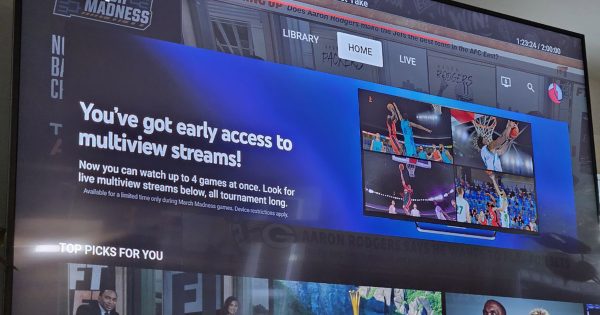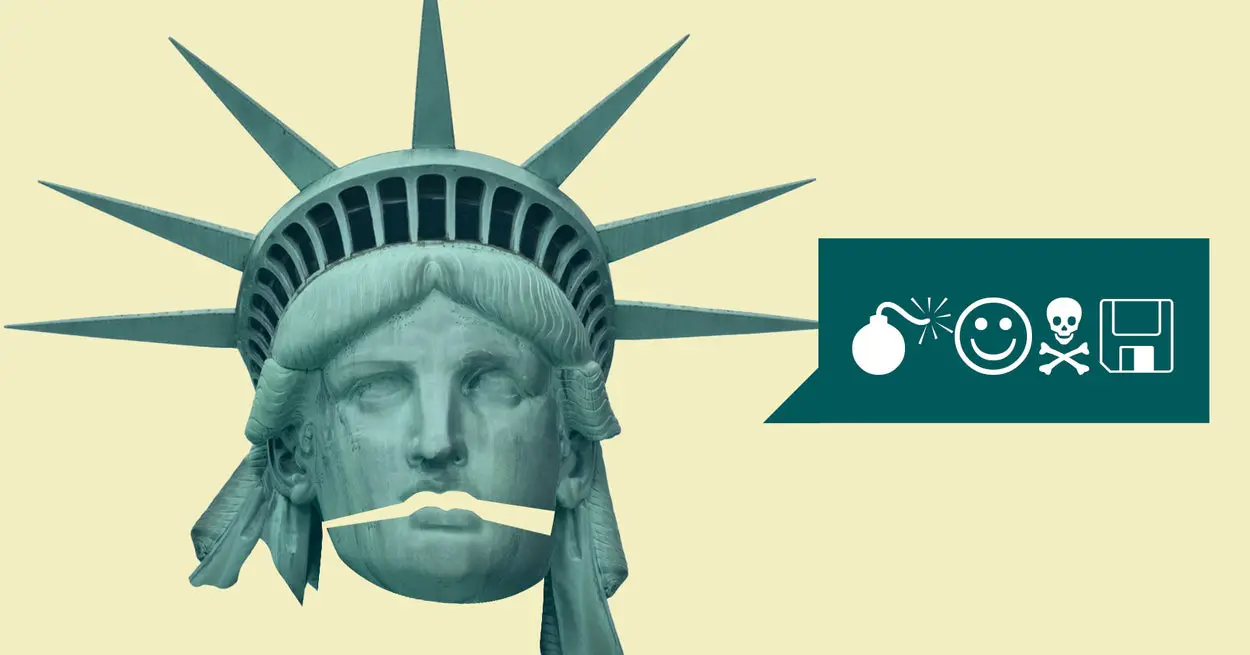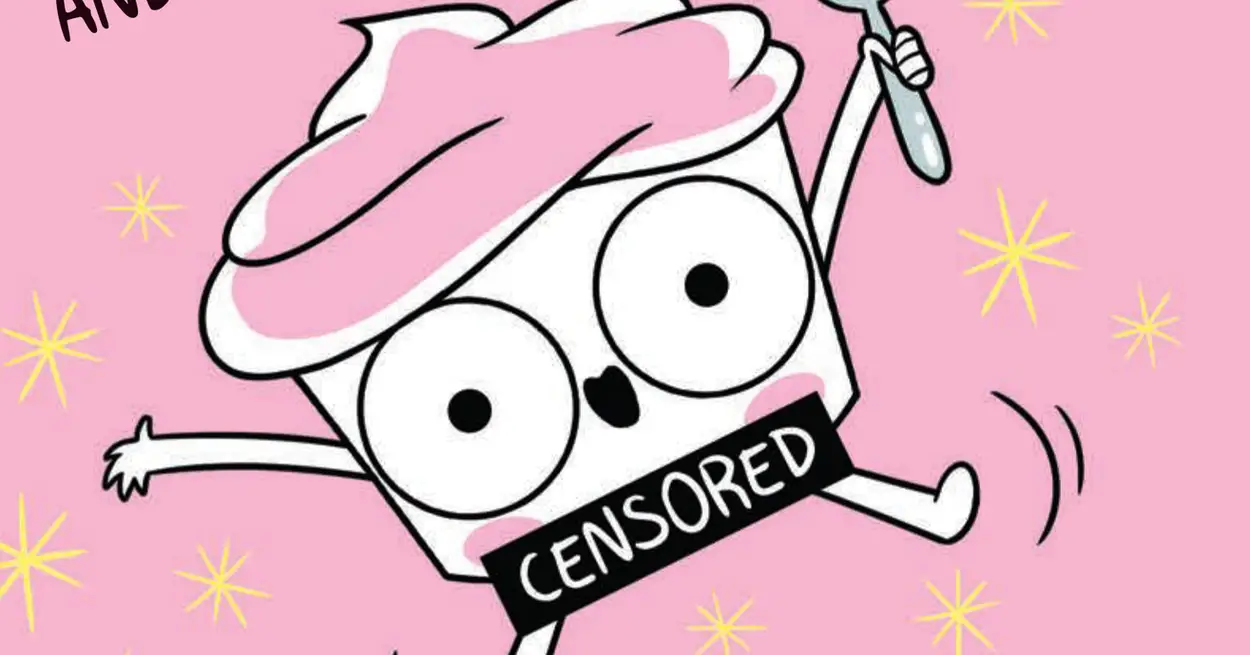2023 is the era of technology; undoubtedly, the healthcare industry is strengthening with new discoveries and innovations. There are so many changes that are waiting for people ahead. Future developments in healthcare technology are on the verge of bringing ground-breaking capabilities and tactical advances.
But the problem arises when people are unaware of the technology trends focusing on the medical field. In this article, we will help you to know about the transformation expected in the world of healthcare. We provide you with general trend information in it. So that you can easily figure out what it is up to and how changes will roll out in the healthcare industry.
However, before we dive into the trends, you must be aware of the growth in the US healthcare market. The need for technology has been boosted and is expected to reach as high as 6 trillion USD by 2026.
Undoubtedly so many healthcare opportunities are there for which you can prepare yourself, and it’s never too late. To employ digital technology in the healthcare industry, like seeking services from Healthcare app development companies and bringing on more business. If you want to learn how you can transform your medical practice into a high-yielding future-proof business model in 2023, don’t worry, and look at all these trends we are discussing here!
Top Trends in the Healthcare Industry
In this section, we will explore the technological trends in the healthcare industry:
- Artificial Intelligence in Healthcare:
Artificial intelligence is ruling out the era, and the healthcare industry is also on the list of its impacts. The machine learning tools utilizing artificial intelligence will exceed 20 million in 2023. Not only just machine learning but also some other artificial intelligence technologies. Natural language processing, pattern recognition, algorithm computer vision, and productive analysis are already functioning. It is somewhere expected that its usability and value will keep up testifying themselves. Additionally, the best part is that there are no chances of looking back after the introduction of AI completely.
The major utilization of artificial intelligence is in clinical use cases. Things have changed from the discovery of drugs to using AI and predictive analysis to finding priority medical cases for accurate diagnosis. AI is also used for analyzing medical imagery and detecting neurological disorders, including Alzheimer’s and Parkinson’s disease.
- Management of hospital services:
AI is also helpful in managing other clinical work. Different AI applications are available to help in the management and clerical processes. We are all aware of the numerous issues the hospital must address. This includes billing, insurance, invoice processing, and others, so they need the best tools available to streamline the process. Thankfully the introduction of AI is a gift for the medical field.
From the process of an insurance claim to analyzing the data of individuals, there are many things AI is in use. For the clerical department, it is a gift. As all they had to do was enter the information, they were ready to receive the report immediately.
If we look back from 2010 to 2014, there is no chance that people can seek online healthcare facilities. But after introducing AI and online services, individuals can choose remote healthcare first. The changes have been coming trend after the outbreak of COVID-19. The pandemic resulted in remodeling the healthcare scenario, and healthcare app development companies are constantly working on it. Undoubtedly, doctors are available online, and by booking an appointment, an individual can discuss the problems they are going through.
Furthermore, it is easier for people to know whether they need to physically reach the doctor. Or if the online consultation is OK. Additionally, if we focus on categories of remote healthcare facilities, it includes home-based care, telemedicine, and video consultation.
All these trends are a must-watch in healthcare facilities. This is so because these are the future, and people are very happy to seek such services from the comfort of their homes.
How can we forget the introduction of wearable devices these days? So many brands label around who are coming up with some best wearables that help individuals stay updated with their health. These variables include some of the best features, including tracking their heartbeat, blood pressure, etc. Because the data is updated in real-time, users can keep track of their activities. However, the data is not so accurate. Thus, it is important to reach out to the professional. But thankfully, the data generated allow individuals to get an idea of whether they are doing fine or not.
It is expected that by the end of 2030, the use of wearable devices will be about to reach $960.2 billion. Apart from all these concepts, the Internet of medical things is developing speedily. It helps detect multiple medical conditions, including mental illness, depression, risk of heart attack, etc.
After the pandemic outbreak, every individual must be getting medicine as per their condition. Instead of choosing the same medicine for all attitudes, they must get the right medication per their condition. In such cases, personalized Healthcare comes into consideration.
These personalized treatments are helpful for people in various ways as they can receive the medications as per their conditions, age, genetics, and so. Furthermore, using artificial intelligence and machine learning helps predict the effects and side effects of all the medications people are considering for particular conditions. After getting aware of all the effects and side effects, they can analyze whether or not they can start the same medication.
This approach is also helping individuals to choose the right treatment for their plan. They can keep track of all the circumstances and points of view to decide how to execute their treatment plan. Doctors and other healthcare professionals are achieving these milestones with the help of healthcare software development services.
- Developing understanding among individuals regarding the impact of the environment on human health:
The introduction of technology in Healthcare is also helpful in allowing individuals to understand the impact of the environment on human health. For a very long-time, people have been avoiding environmental factors that affect their human health but not anymore. They are aware of all the toxins in the environment and how they affect their overall health. They can also figure out what they need to do in a particular situation where chemicals and other harmful substances have occupied a place.
Everyone knows that since the COVID-19 outbreak, people have become more concerned with their health. That’s why they are ready to take all the preventive measures. Likewise, they are focusing on all the environmental factors that can benefit and harm their health.
- Cloud technology for Outsourced Billing:
We all know that staff shortage is very common in every sector, and in Healthcare as well, this is prominent. After the COVID-19 outbreak, the labor force is not available, so hospitals face many difficulties. But the work can be completed after introducing technologies with a small staff. For medical billing as well, there are different software available. Thankfully, individuals must mention the details to get the correct bill. The medical billing outsourcing market is expected to grow by 15% in 2020. The best part is that it is somewhere reducing the need to hire staff for a particular condition. Healthcare organizations depend on third parties and other software for the best effective and timely bills.
- AR and VR for Education and Diagnosis:
Augmented and virtual reality have also become integral parts of the healthcare industry. These technologies help provide all practicing healthcare professionals with the right and interactive information. These realities are built up by considering the latest trends so that nothing can get missed from new blood entering the medical field.
If we focus on diagnosing space, augmented and virtual reality help visualize medical images. This includes scans and X-rays, allowing the medical professional to make a more informed decision. They provide the patient with the right outcome and plan their treatment accordingly.
Both these technologies are opening new doors for individuals looking forward to starting their careers in the medical field. They can analyze how to utilize these technologies to treat individuals better.
Conclusion
Technology is rolling out the era, and there is no doubt that even the healthcare industry is not far away from it. The healthcare systems are part of a wider value chain, and these are having a greater impact on society. Every year we can expect to see a sudden change in the technology used in the healthcare industry. It is crucial for physicians and other healthcare professionals to keep current with all of these technologies.
As individuals are more focused on technology, we should keep updated regarding the trends. These trends are not only helpful in finalizing what the healthcare market is up to. But also allow individuals to seek healthcare development services as needed. An individual won’t be able to profit from new technologies reshaping the healthcare industry unless they know them!










Leave a Reply